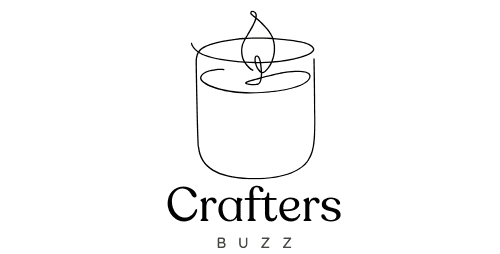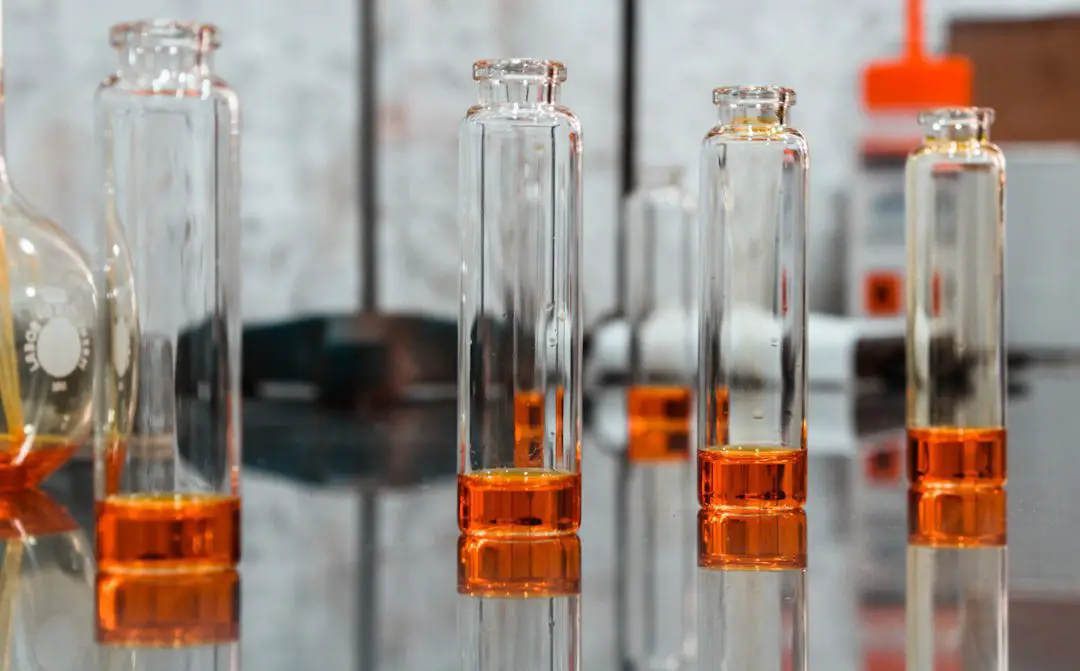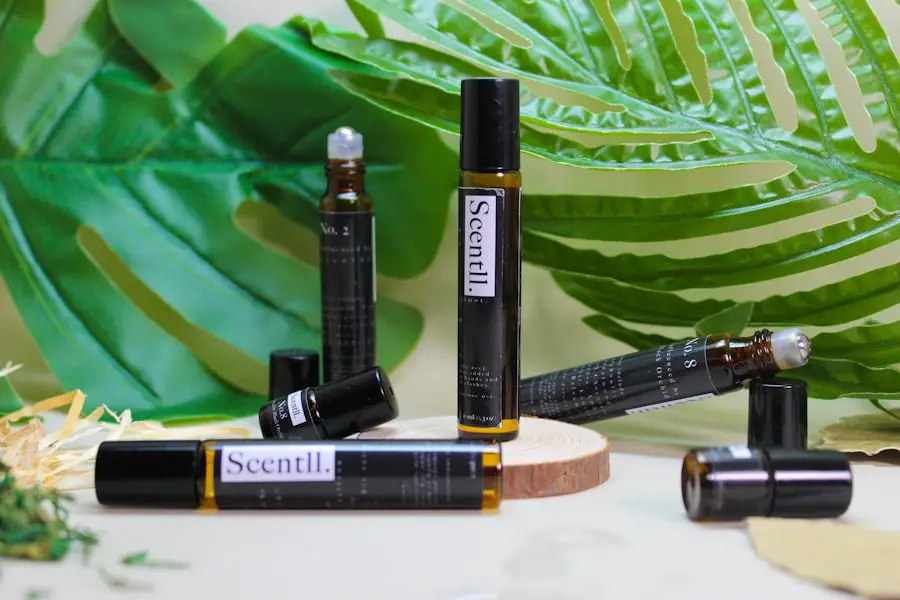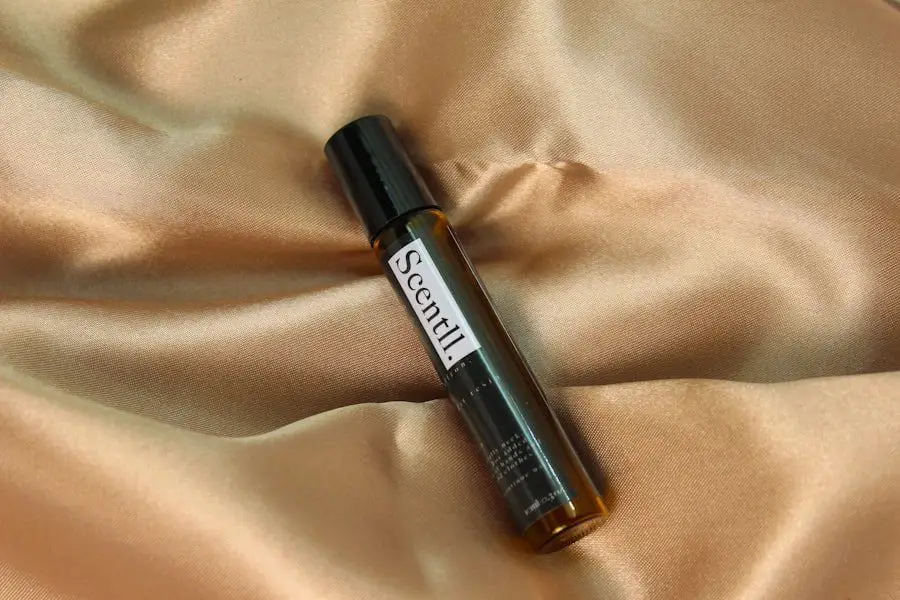The role of carrier oils in aromatherapy candles and how to choose the right one.
Carrier oils play a pivotal role in the formulation of aromatherapy candles, serving as the medium through which essential oils are delivered. These oils are typically derived from the fatty portions of plants, such as seeds, nuts, or kernels, and they possess unique properties that enhance the overall experience of aromatherapy. When combined with essential oils, carrier oils help to dilute the concentrated nature of these potent extracts, making them safe for use in candles.
This dilution is crucial because essential oils can be irritating to the skin and mucous membranes if used undiluted. In addition to their safety benefits, carrier oils also contribute to the sensory experience of aromatherapy candles. They can influence the texture, burn quality, and scent throw of the candle.
For instance, certain carrier oils can enhance the candle’s ability to hold and release fragrance, while others may affect how evenly the candle burns. The choice of carrier oil can also impact the candle’s appearance and consistency, making it an essential consideration for anyone looking to create high-quality aromatherapy candles.
Key Takeaways
- Carrier oils play a crucial role in aromatherapy candles by diluting essential oils and helping them to disperse evenly when the candle is burned.
- Choosing the right carrier oil is important as it can affect the scent, burn time, and therapeutic benefits of the aromatherapy candle.
- Different types of carrier oils offer unique benefits, such as moisturizing properties, long shelf life, and light texture, which can enhance the overall aromatherapy experience.
- Factors to consider when selecting a carrier oil include its scent, viscosity, shelf life, and skin absorption properties.
- Quality of carrier oils can be determined by factors such as extraction method, purity, and whether they are organic or unrefined, which can impact the effectiveness of the aromatherapy candle.
The Importance of Choosing the Right Carrier Oil for Aromatherapy Candles
Selecting the appropriate carrier oil is fundamental to achieving the desired therapeutic effects and sensory qualities in aromatherapy candles. Each carrier oil has its own unique properties, which can significantly influence how the candle performs. For example, some oils have a higher smoke point, making them more suitable for candles that require a longer burn time without producing excessive soot or smoke.
Others may have a more pronounced scent that can either complement or clash with the essential oils used. Moreover, the right carrier oil can enhance the therapeutic benefits of the essential oils. For instance, if a candle is intended to promote relaxation, using a carrier oil known for its calming properties—such as sweet almond oil—can amplify the overall effect.
Conversely, using a carrier oil that is too heavy or has a strong scent may overshadow the essential oils’ intended benefits. Therefore, understanding the characteristics of various carrier oils is crucial for anyone looking to create effective and enjoyable aromatherapy candles.
Different Types of Carrier Oils and Their Benefits in Aromatherapy Candles
There is a wide array of carrier oils available, each offering distinct benefits when used in aromatherapy candles. Sweet almond oil is one of the most popular choices due to its light texture and neutral scent. It is easily absorbed by the skin and has moisturizing properties, making it an excellent option for candles intended for skin application or massage.
Its ability to blend well with various essential oils makes it a versatile choice for many candle makers. Coconut oil is another favored carrier oil, particularly in its refined form. It has a high melting point and burns cleanly, which is ideal for candle making.
Coconut oil also has antimicrobial properties and can enhance the longevity of the candle’s scent throw. Additionally, jojoba oil is often used due to its unique composition that closely resembles human sebum. This makes it an excellent choice for candles designed for skincare applications, as it can nourish and hydrate the skin while providing a pleasant aroma.
Factors to Consider When Selecting a Carrier Oil for Aromatherapy Candles
When choosing a carrier oil for aromatherapy candles, several factors should be taken into account to ensure optimal performance and safety. One critical aspect is the oil’s viscosity; thicker oils may not blend well with essential oils or may lead to uneven burning. Conversely, very thin oils might evaporate too quickly during combustion, diminishing their effectiveness.
Therefore, finding a balance in viscosity is essential for achieving a well-performing candle. Another important consideration is the oil’s scent profile. Some carrier oils have a more pronounced aroma than others, which can interfere with or enhance the essential oils’ fragrance.
For example, olive oil has a strong scent that may not be suitable for all blends, while fractionated coconut oil has a more neutral profile that allows essential oils to shine through. Additionally, it’s vital to consider any potential allergens or sensitivities associated with specific carrier oils, especially if the candles are intended for use in shared spaces or by individuals with known allergies.
How to Determine the Quality of Carrier Oils for Aromatherapy Candles
The quality of carrier oils can vary significantly based on their source and processing methods. To ensure that you are using high-quality oils in your aromatherapy candles, it is essential to look for products that are cold-pressed or expeller-pressed rather than those that have been refined using chemical solvents. Cold-pressed oils retain more of their natural properties and nutrients, which can enhance both the performance and therapeutic benefits of your candles.
Additionally, checking for certifications such as organic or non-GMO can provide further assurance of quality. Reputable suppliers often provide information about their sourcing practices and testing methods, which can help you make informed decisions about your carrier oil selections. Conducting sensory evaluations—such as smelling and visually inspecting the oil—can also be beneficial; high-quality carrier oils should have a pleasant aroma and clear appearance without any off-putting scents or cloudiness.
Tips for Blending Carrier Oils for Aromatherapy Candles
Blending different carrier oils can create unique combinations that enhance both the sensory experience and therapeutic benefits of aromatherapy candles. When blending carrier oils, it’s important to consider their individual properties and how they will interact with each other as well as with essential oils. For instance, combining a heavier oil like avocado oil with a lighter oil such as grapeseed oil can create a balanced blend that offers both moisturizing benefits and a smooth texture.
Experimentation is key when creating your own blends; start with small batches to test how different combinations perform in terms of scent throw and burn quality. Keep detailed notes on your ratios and results so you can replicate successful blends in future projects. Additionally, consider incorporating essential oils into your blends at varying concentrations to find the perfect balance that complements your chosen carrier oils while achieving your desired aromatic profile.
Common Mistakes to Avoid When Using Carrier Oils in Aromatherapy Candles
One common mistake when using carrier oils in aromatherapy candles is neglecting to account for their scent profiles when blending with essential oils. Failing to consider how a carrier oil’s aroma might interact with or overpower essential oils can lead to disappointing results. It’s crucial to conduct thorough testing before finalizing any blends to ensure that all components harmonize effectively.
Another frequent error is using too much carrier oil in relation to essential oils. While carrier oils are necessary for dilution and safety, excessive amounts can dilute the fragrance too much, resulting in a weak scent throw when burned. A general guideline is to use about 10-15% essential oil concentration in relation to the total weight of wax and carrier oil combined; however, this may vary based on personal preference and specific formulations.
The Impact of Carrier Oils on the Effectiveness of Aromatherapy Candles
The choice of carrier oil significantly impacts not only the performance but also the therapeutic efficacy of aromatherapy candles. By understanding the various types of carrier oils available and their unique properties, candle makers can create products that not only smell delightful but also provide genuine benefits to users. The right carrier oil enhances scent throw, ensures even burning, and contributes to an overall positive experience.
Incorporating high-quality carrier oils into your aromatherapy candle-making process allows you to harness their full potential while avoiding common pitfalls associated with improper selection or blending techniques. By taking the time to research and experiment with different options, you can elevate your candle-making skills and create products that resonate with users on multiple levels—physically, emotionally, and spiritually.
When creating aromatherapy candles, the choice of carrier oil plays a crucial role in enhancing the therapeutic benefits of the essential oils used. In a related article on DIY crayon candles as a fun kids project. Additionally, if you’re experiencing issues with smoking candles, the article on how to stop a candle from smoking provides helpful tips and tricks to troubleshoot and prevent this common problem.
FAQs
What are carrier oils in aromatherapy candles?
Carrier oils are natural, plant-based oils that are used to dilute essential oils in aromatherapy candles. They help to carry the essential oils and disperse their aroma when the candle is burned.
What is the role of carrier oils in aromatherapy candles?
Carrier oils play a crucial role in aromatherapy candles by diluting the concentrated essential oils, making them safe for use and helping to disperse their fragrance evenly when the candle is burned.
How do you choose the right carrier oil for aromatherapy candles?
When choosing a carrier oil for aromatherapy candles, consider factors such as the oil’s scent, viscosity, and shelf life. Some popular carrier oils for candles include coconut oil, soybean oil, and apricot kernel oil.
What are some popular carrier oils used in aromatherapy candles?
Popular carrier oils used in aromatherapy candles include coconut oil, soybean oil, apricot kernel oil, sweet almond oil, and jojoba oil. Each carrier oil has its own unique properties and benefits.
Can carrier oils affect the therapeutic properties of essential oils in aromatherapy candles?
Yes, carrier oils can affect the therapeutic properties of essential oils in aromatherapy candles. It’s important to choose a carrier oil that complements the therapeutic properties of the essential oils being used.














